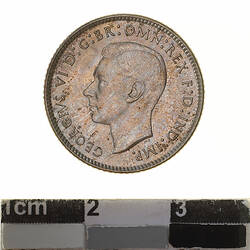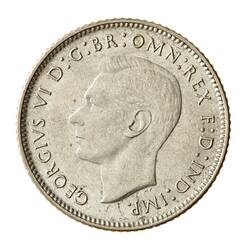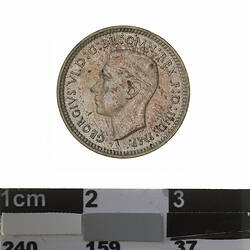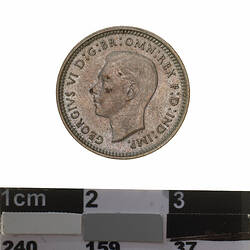According to the United States Mint, the Denver Mint was for its first 46 years simply an assay office in the Clark, Gruber and Company Bank Building in Denver, Colorado. Gold dust and nuggets were brought in by miners, which were melted, assayed and cast into bars, each stamped to signifiy their weight and quality. The assay office produced sizeable quantities of all four sizes of gold coins to serve the public's needs.
By 1895, the assay office was bringing in more than $5.6 million in gold and silver deposits each year. In that year, Congress finally approved the establishment of a mint in Denver for gold and silver coin production. In 1904, plans were underway to build a much grander facility: an Italian Renaissance-style building reminiscent of a Florentine palace. In 1906, its first year in operation, the coin presses of the new mint stuck over 167 million gold and silver coins valued at US$27 million in today's currency for public circulation. The raw gold and silver mostly came from the nearby mining district of Cripple Creek.
From 1906 until 1931, the Denver Mint produced a variety of gold coins - above all $20 gold double-eagles, minted for banking settlements and international transactions. During World War II, the Denver Mint struck silver coins for Australia (1942 and 1943) to meet the increased demand for coinage.
By 2005, the Denver Mint's output could exceed more than 50 million coins a day.
References:
United States Mint web site, http://www.usmint.gov/about_the_mint/mint_facilities/index.cfm?action=DV_facilities and http: //us-mint.info/Denver_Mint_US_Mint.htm, accessed 7 Dec 2005
More Information
-
Keywords
-
Localities
-
Authors
-
Article types




